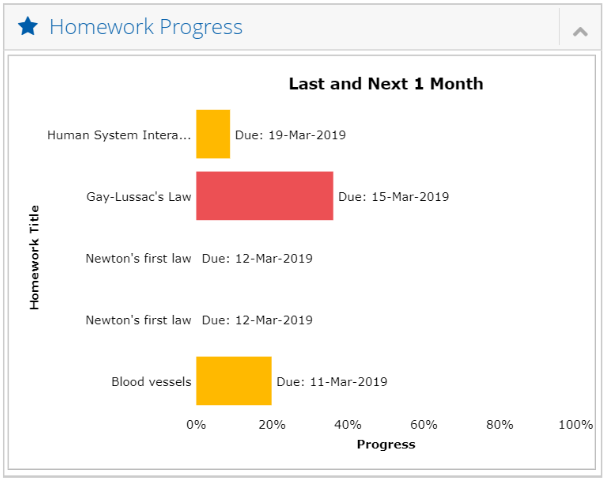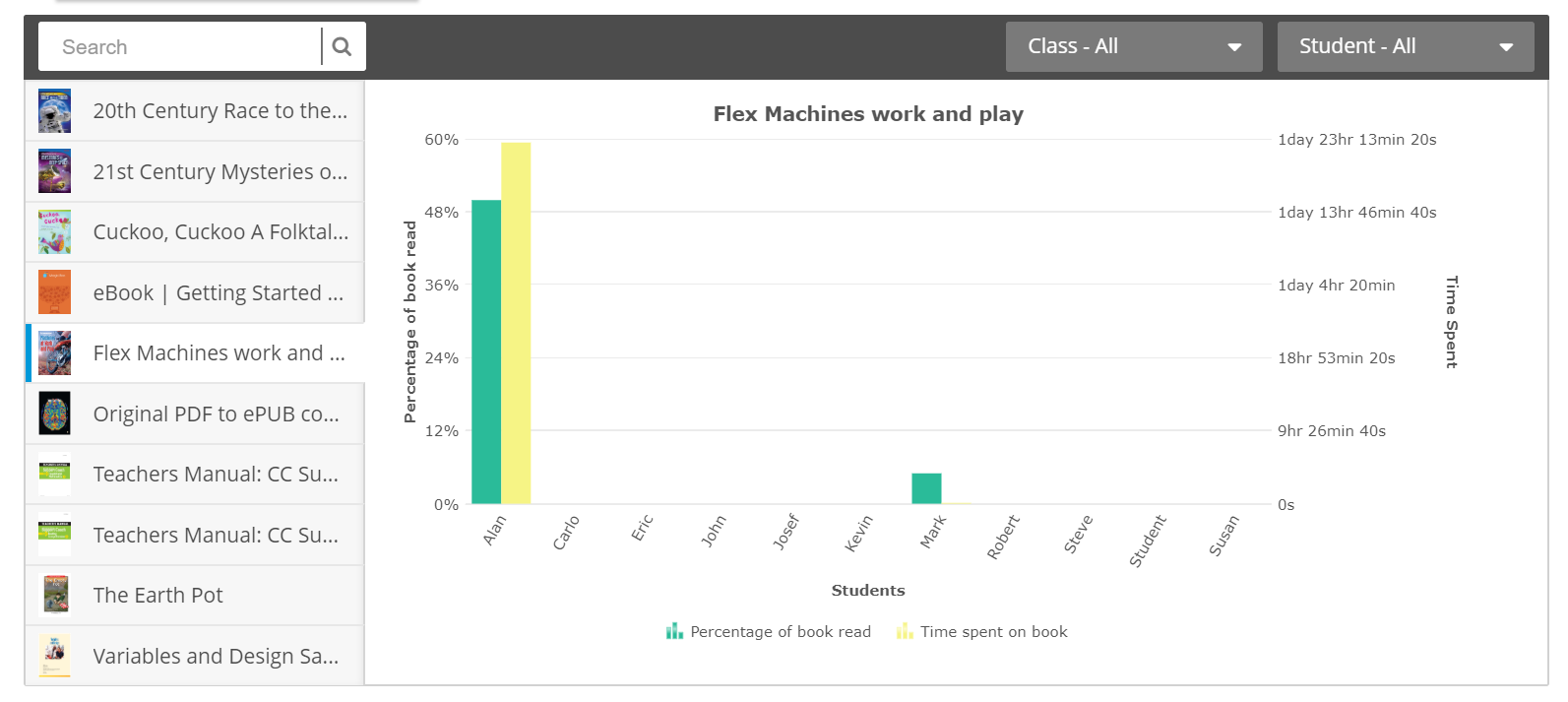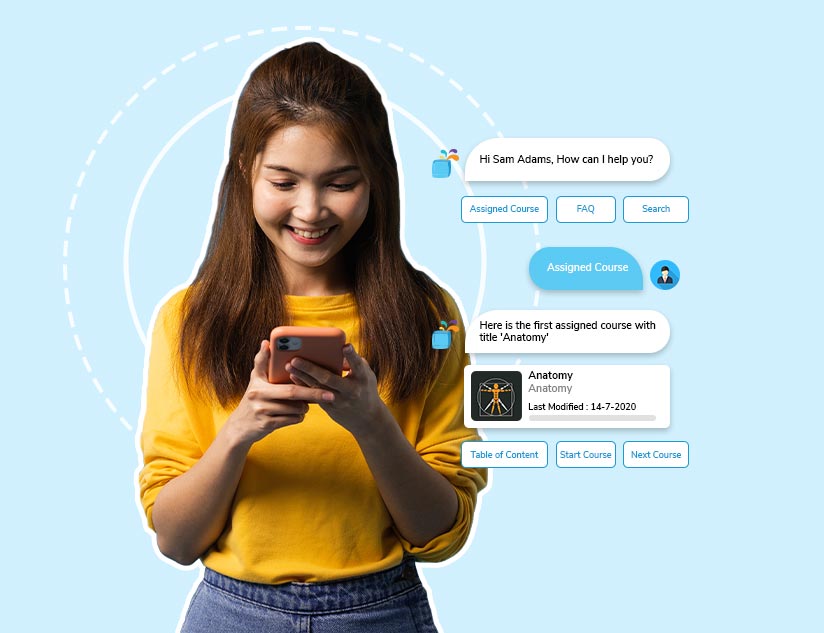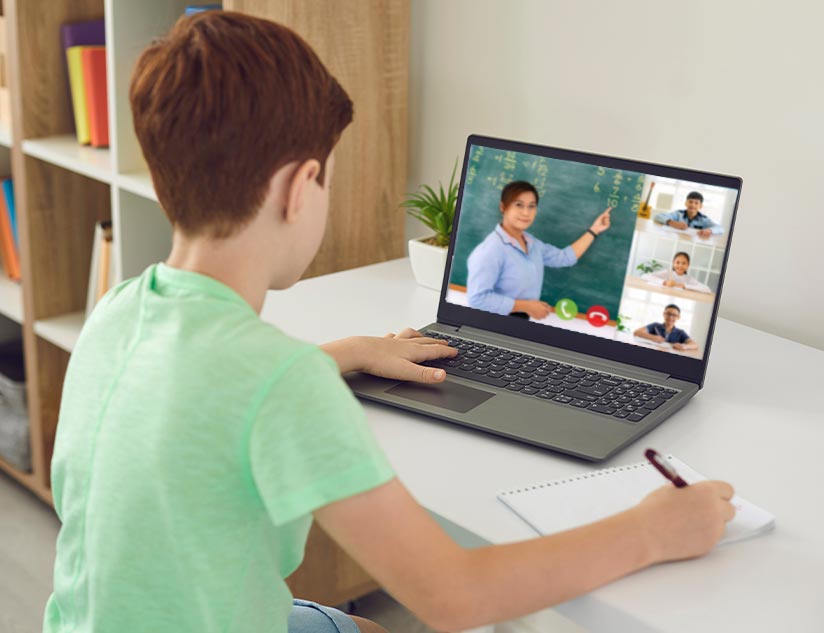Digital transformation has impacted nearly all aspects of our lives, and classroom learning is no exception. In today’s fast-paced world, we want everything we’re looking for almost immediately and the internet is helping us with just that. The average age at which children get their first smartphone is 12. After that, they seemed hooked for life. By 2015, over 37% of teenagers aged 13 to 17 had access to smartphones, according to Pew Research. This propensity for mobile devices has taken learning out of the classroom and on to the palms of students, literally. This would have increased a lot more in the last four years.
Along with continuous access to information, K-12 education needs to gauge the effectiveness of educational courses and learning progress. Attention span is decreasing rapidly, resulting in students looking for content in various formats, apart from just text, to enhance their learning experience.
A learning experience platform (LXP), therefore, should be tailored to give the target users the experiences they want, customizing and personalizing the entire learning experience to better engage the student. Education publishers are faced with the challenge of providing personalized, multimedia learning experiences that are not just cost-effective, but also ensure ROI.
Most education publishers started with building mini learning management systems and realized the mistake they made when they took the product to the market. Most schools already have an LMS and are not interested in another proprietary LMS. What education content providers need is a ‘Learning Experience Platform’ ( LXP) that easily works with the school’s existing LMS. But what is an LXP? Here’s a look at key features that should be part of an LXP to ensure ROI for publishers.
Support for Multiple Formats
Thousands of publishers are already vying for the user’s attention. In such a scenario, delivering content in an interactive and engaging format to the end-user could be a primary differentiator. For instance, today’s students crave micro-learning content and digestible lessons, which can help them understand their subject matter quickly and in an easy way. Magic Box™ offers an LXP that can provide just such types of content while making it easy to convert existing content into the preferred formats. It also supports a wide variety of content, such as eBooks, courses, simulations, videos, etc.
Integrated Ecosystem
Most schools already have a Student Information System (SIS) as well as a Learning Management System ( LMS). Given the plethora of LMS and SIS that exist in the market, it is important that the learning platform supports different rostering systems and integrations like Google Classroom, OneRoster, Clever and Classlink, etc.
Robust DRM and Device Compatibility
In addition, all this should be available while ensuring efficient digital rights management, secure logins by students, teachers and other staff of the educational institution. The platform should be compatible across different types of devices and operating systems, to allow easy access, anytime, anywhere. Publishers can then have a content delivery platform that uses a standardized protocol for easy and safe data exchange among devices.
Robust Analytics
A key part of K-12 education is regular assessment of learning progress. An efficient LXP should be armed with robust analytics tools that allow educators and publishers to not just track content consumption, but also create and distribute tests and analyze academic outcomes. For instance, MagicBox™ offers key content usage and learning analytics, all accessible from a single, customizable dashboard. This can help publishers modify content quickly to best engage the end-user, while educators can ensure early intervention where students require support.


A Cloud-based SaaS Platform
Designing and maintaining a content delivery platform can be stressful for publishers. They already face the challenge of designing engaging content, suitable for all age groups. Here, a white-labeled platform like MagicBox™ can be beneficial. This LXP manages infrastructure and application upgrades so that publishers can simply focus on creating and distributing relevant content. In addition, by easing the process of creating and distributing custom branded content, it significantly reduces time-to-market.
An integrated white-label eCommerce store helps publishers to reach a huge user base, while integration with trusted payment gateways brings on added benefits and credibility.
For publishers, content distribution has to meet the separate needs of the B2B, B2C and the library markets. So, an LXP that eases this task, following the right industry protocols is preferred. The flexibility to create licenses comes as an added bonus.
LXPs are powerful learning tools, offering frictionless learner experiences. They have social elements too, that can derive information from our everyday online behavior, and then put them to use in learning initiatives. In short, a robust LXP can offer end-to-end support for publishers to make the most of their content.















